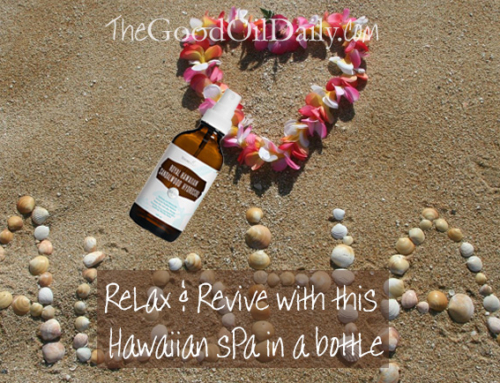Communication is one of those life skills I’d love to see taught as a subject in school. Being able to effectively communicate throughout life with work colleagues, family, friends and life partners is fundamental to human relations. Yet this is strangely lacking on curriculums, along with other essentials like creating abundance and happiness and knowing how to have ourselves firing on all cylinders.
But there’s a vast wealth of resources available to help us, so today’s post takes just one pretty simple method we can use for more receptive communicating. Each of us has a primary ‘type’ which is innately our most natural way of learning and thinking: visual, auditory, kinaesthetic and auditory digital (harder to define as they can show signs of all three).
These principles are often incorporated when presenting information to groups so all four types can more easily get the gist. But this can be a great help in day-to-day communication, too. Having a conversation with someone ‘on their terms’ can help relatability and receptivity to what you’re saying and in turn, as they respond, you’ll better understand what they have to say.
A quick way to pick up a person’s type is to listen for key words when they speak.
Visuals will say, “I’ll look into that,” or “I see what you mean!”
Auditory types venture, “I hear you!”
Kinaesthetics tend to use other action words, like touching base, catching up, catching on.
Talking with auditory digitals could resemble a conversation with Mr Spock with rational language and signs like “Let me think,” or “I understand what you mean.”
Many models only refer to Visual, Auditory and Kinaesthetic (or VAK) and include typical eye movements when a person thinks (respectively upwards to one side, sideways, downwards to one side) but I’ve touched on all four here to get you started. Inhale some authentic peppermint essential oil or Young Living Clarity™ blend to clear your head and help you absorb the info!
This will also connect you up with The Good Oil Team for our personal support and coaching. We'd love to help you on your journey to vibrant well-being the natural way!
Any questions? Please get in touch via our Contact page.
Visual
Quick talking, not distracted by noises, likes to sketch or draw out ideas, makes notes and sketches in the margins of seminar notes, finds aesthetics important including their own sense of dress, uses colourful visual imagery in speech, prefers to learn with visual aids and finds it hard to absorb verbal instructions of any great length.
Auditory
Finds noises very distracting, enjoys learning by listening and hearing, loves talking on the phone, is sensitive to nuances in speech, remembers long instructions well (sometimes word for word).
Kinaesthetic
Has a strong sense of intuition and likes to follow it, enjoys dressing for comfort, learns best by doing and taking physical action, good with their hands, likely to find it harder to sit still during a class or seminar and can find it harder to pick things up in this environment unless practical activities are incorporated.
Auditory Digital
Likes to learn through receiving information and data and creating systems and processes. In conversation, they are logical and rational. If presented with a more intuitive viewpoint that doesn’t align with their rationale, they can be awkward or even dogmatic as they try to understand the concept logically.
To help people feel comfortable talking with you in any kind of situation, look for clues as to their most likely ‘type’ and use language they most readily relate to.
- Visual: you can also do simple things like draw something out on a cocktail napkin while chatting or send them visuals if communicating by email
- Auditory: pick up the phone or arrange a personal meeting to talk things through
- Kinaesthetic: touch them lightly on the arm or shoulder during conversation or suggest walking while you talk
- Auditory Digital: keep communications simple, direct and even-toned, and provide lists or spreadsheets with a logical action plan
You can take a neat test here if you’re not yet sure of your dominant type. Some people have an even balance so perhaps you’re one of them. (This test follows the VAK model.)
It leads me to wondering if kinaesthetic people are even more responsive to essential oils than people with stronger visual, auditory or auditory digital leanings. Could well be. Head to our Facebook page and let us know in the comments if you have any thoughts on it. Time for some experimenting!
Enjoy the good oil daily.
This will also connect you up with The Good Oil Team for our personal support and coaching. We'd love to help you on your journey to vibrant well-being the natural way!
Any questions? Please get in touch via our Contact page.






